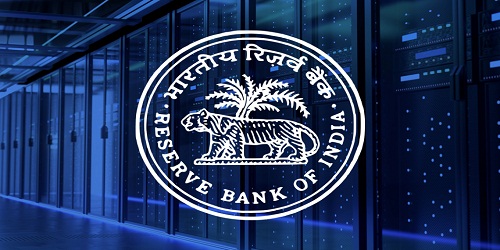On June 28, 2019, The Reserve Bank of India (RBI) stated that India’s Current Account Deficit (CAD) increased to $57.2 billion or 2.1% of the Gross Domestic Product (GDP) in FY19 as against 1.8% of 2018 which stood at $48.7 billion. It was the highest in 6 years on due to higher trade deficit caused by high crude oil imports. Key Points:
Key Points:
- An increase in trade deficit to $180.3 billion for the year as a whole as against $160 billion in 2018 led to the widening of the CAD in FY19.
- A lower trade deficit of $35.2 billion in the March quarter, compared to $41.6 billion in 2018 helped in CAD contraction.
- Net services receipts increased 5.8% to $21.3 billion due to rise in net earnings from telecommunications, computer and information services in the March quarter of 2019.
- Private transfer receipts decreased by 0.9% to $17.9 billion in the March quarter 2019.
- Capital account had a lower surplus of $19 billion for the quarter ended March’19 compared to net inflows of $25 billion in March 2018 due to slowdown in the portfolio flows.
- The surplus in the capital account amounted to $54 billion in 2019 compared to net inflows of $91 billion in 2018.
- The overall balance of payments resulted in a deficit of $3.3 billion compared to a surplus of $43.6 billion in 2018.
About CAD:
The current account deficit is a measurement of a country’s trade where the value of the goods and services it imports exceeds the value of the products it exports. The current account includes net income, such as interest and dividends, and transfers, such as foreign aid, although these components make up only a small percentage of the total current account. The current account represents a country’s foreign transactions and, like the capital account, is a component of a country’s Balance of Payments (BOP).





